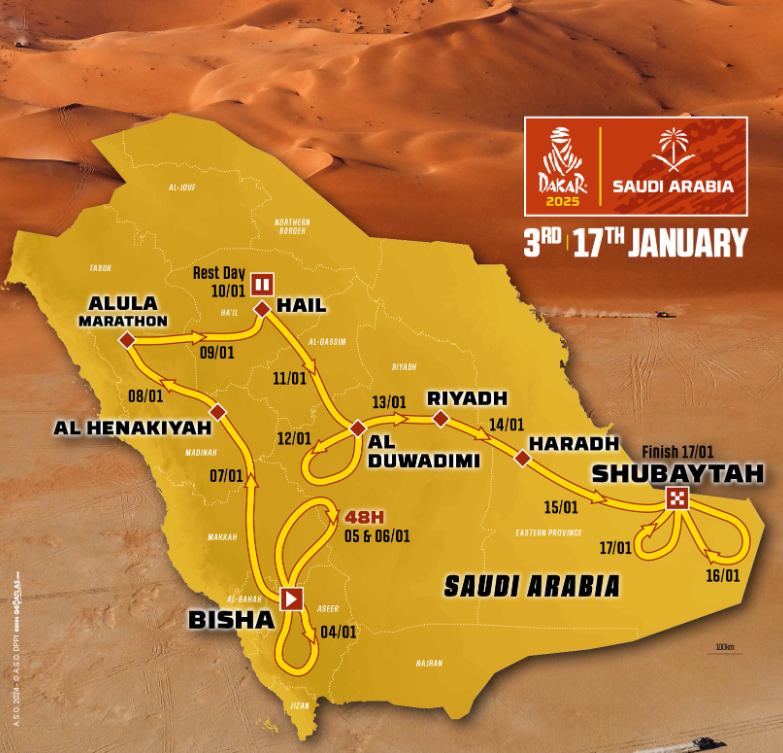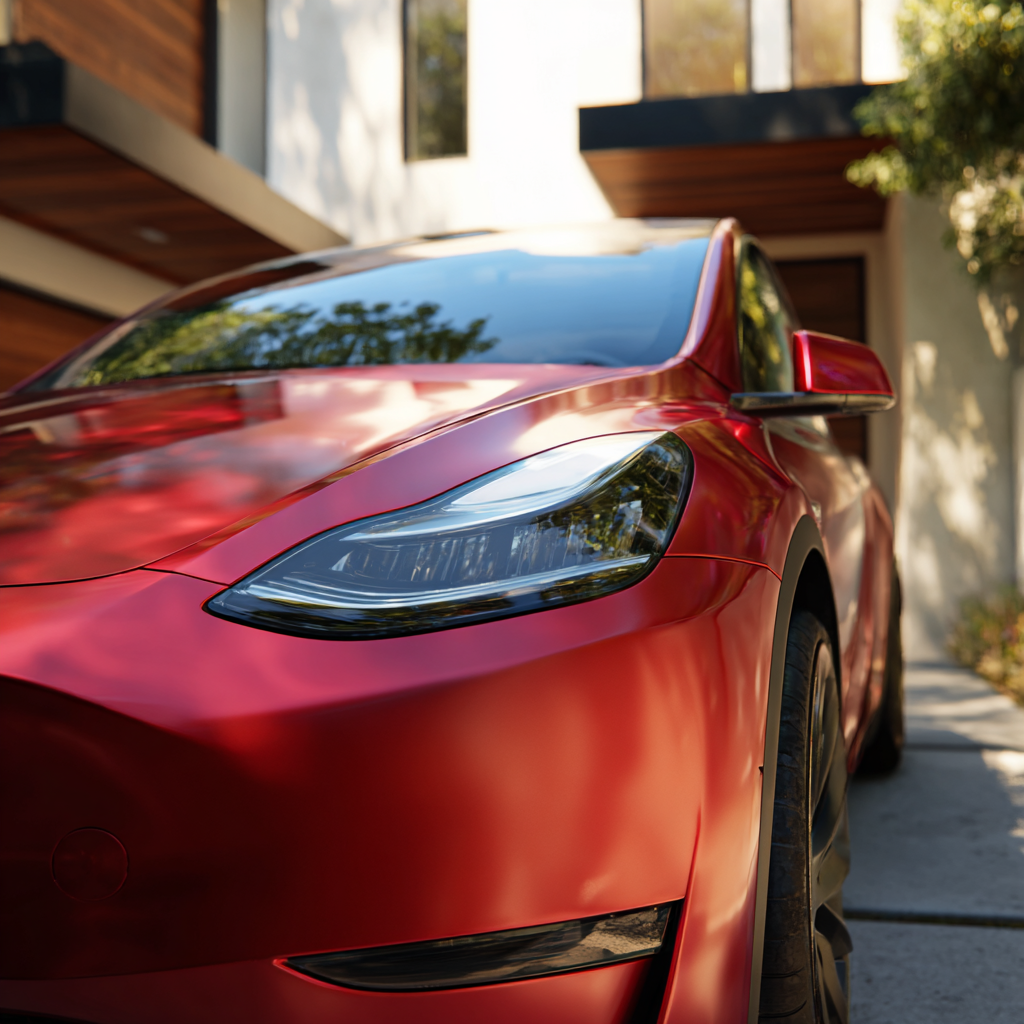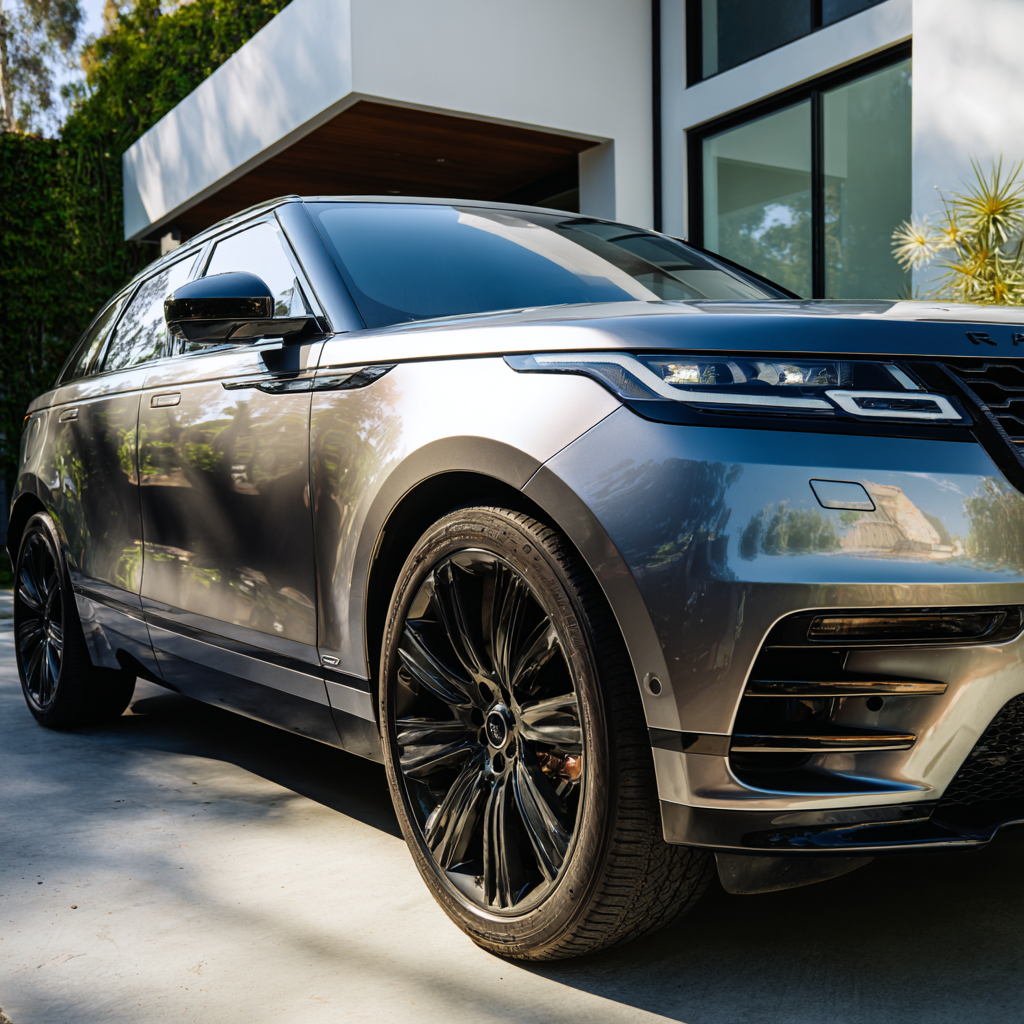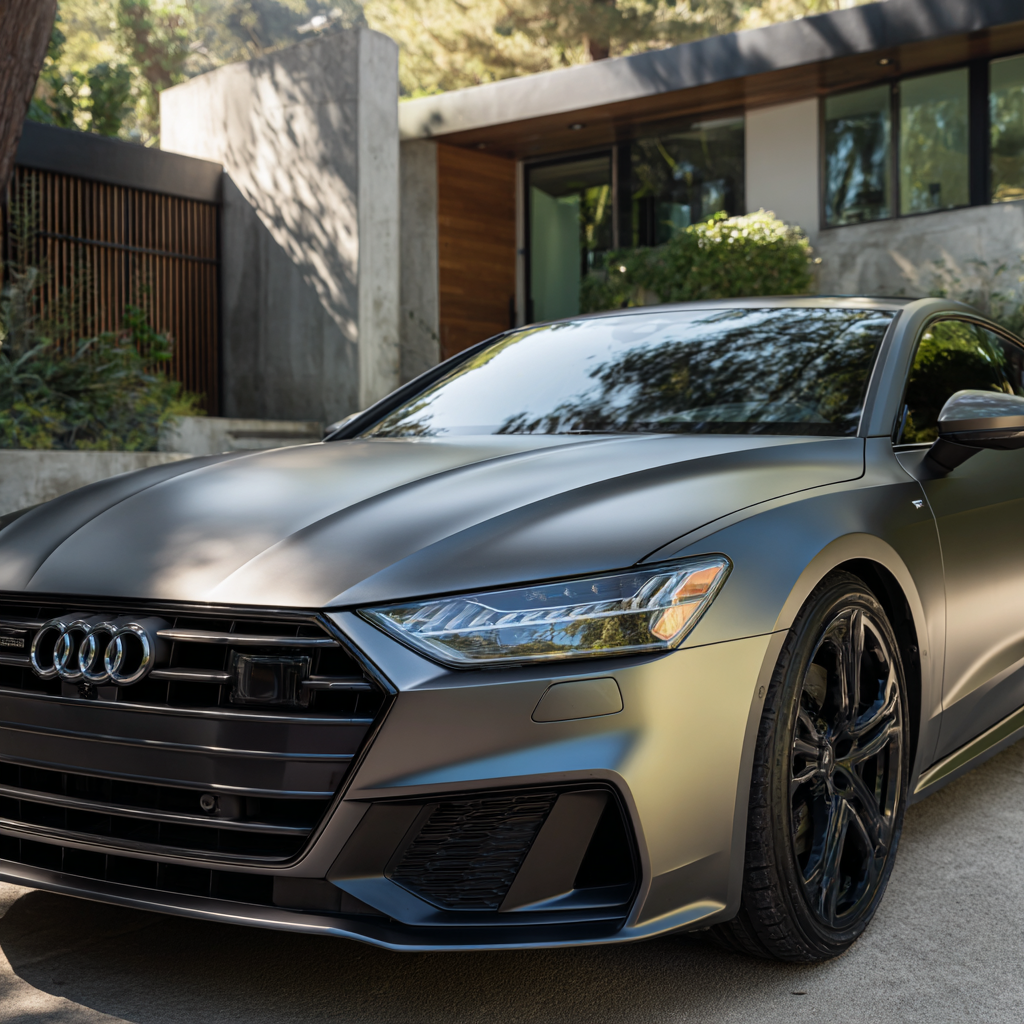The 2025 Dakar Rally in Saudi Arabia, held January 3 to January 17, marked the 47th running of rally raid’s most storied event and sixth consecutive year in the Kingdom. The origins of Dakar stretch back to December 26, 1978, when French motorcycle racer Thierry Sabine launched the inaugural “Paris-Dakar” rally. Competitors started at Place du Trocadéro in Paris and trekked 10,000 kilometers to Dakar, Senegal, crossing Algeria, Niger, Mali, and Upper Volta. That first race saw 182 vehicles start, but only 74 finish, proving endurance would always be Dakar’s core test. Sabine’s vision, “A challenge for those who go. A dream for those who stay behind,” still underpins the rally, which has run annually with only one cancellation in 2008. The rally has traversed Africa, South America, and now Saudi Arabia.
This year’s field included 335 vehicles and over 580 riders, drivers, and co-pilots representing 52 countries. Dakar Classic and the Mission 1000 initiative for alt-propulsion vehicles shared the spotlight with the headline car and bike teams, all facing a nearly 8,000 kilometer route from Bisha to Shubaytah. In the run-up, storylines circled a redesigned route and a much-hyped 48H Chrono stage: a 950 kilometer segment billed as an endurance shakeout. Most observers pegged Carlos Sainz (Ford Raptor T1+) and Nasser Al-Attiyah (Dacia Sandrider) as favorites, along with Toyota’s Henk Lategan and Yazeed Al Rajhi. The expanded split-course format and Marathon stage (no overnight service) cast uncertainty on reliability and navigation.
The racing brought instant drama. The 29 kilometer prologue and 500 kilometer opening loop punished overconfident teams. During the 48H Chrono, fog and navigation errors caused heavy attrition as several top contenders crashed out or faced mechanical issues. Sainz exited early while Al-Attiyah’s campaign struggled with electronics. Saudi local Yazeed Al Rajhi and co-driver Timo Gottschalk, in a Toyota Hilux, seized the lead late in the rally after rival Lategan (Toyota Gazoo Racing) and others faltered. Three punishing Empty Quarter stages capped the rally; only about two-thirds of the field reached the finish at Shubaytah. Toyota Hilux teams earned a one-two finish, with Al Rajhi winning on home soil and Lategan taking second. Cristina Gutiérrez clinched a headline T3 Light Proto win with Red Bull Off-Road Junior Team.
Midday heat consistently pushed cooling systems and tires to their limits. Watching from my paint protection film perspective, material durability is just as crucial as outright speed in this relentless environment.
All in all, the 2025 Dakar Rally rewrote expectations. Big names faltered, steadiness beat speed, and technical savvy won out. Results: Yazeed Al Rajhi and Timo Gottschalk claimed overall victory (Toyota Hilux) while Henk Lategan and Brett Cummings finished second. Only about 65 percent of the field completed the route. Dakar’s split-course innovation and expanded alternative propulsion categories look set for the future, reinforcing its status as rally raid’s hardest test.
***
Wessen Char is UPPF’s petrolhead who still mourns the loss of Saab (and drove her 9-5 NG till 2025). She travels between US and Europe to cover auto events. She acknowledges the chic tech of EVs but wonders if the inexorable move to everything digital is ultimately all-better. Analogue had more soul somehow :)



















Share:
2025 Indianapolis 500
Singapore F1: Hot Laps, Cool City